If you want a beautiful lawn, there are a few things you need to do, but the most important one is to mow it correctly. When you cut your grass, you not only achieve the aesthetic goal of keeping your lawn neat but also ensure that it remains healthy. But how often to mow lawn to get the best results?
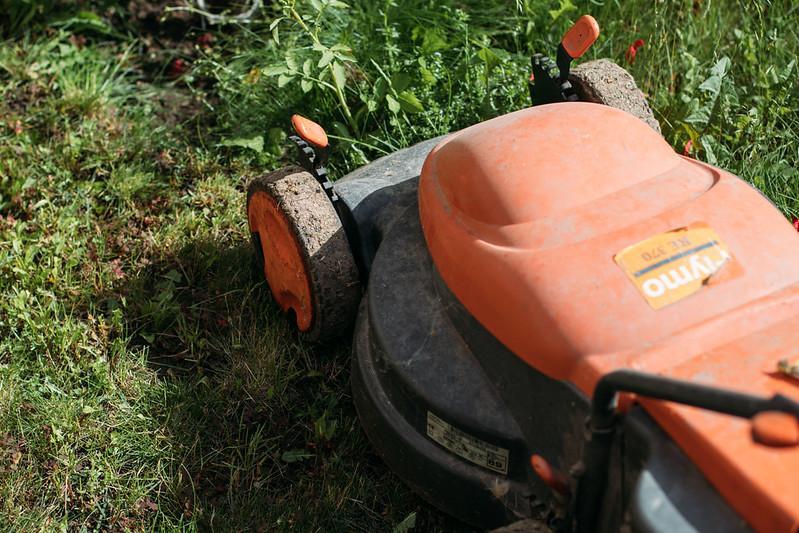
Maintaining a healthy and well-kept lawn relies on knowing when and how often to mow.
How often should I mow my lawn? This is an issue that is especially relevant as we are getting closer to spring, which is the time of year when you need to clean off your lawnmower in preparation for the first cut of the season.
The frequency of mowing is dependent on several factors. These factors include the amount of rainfall, the kind of soil, the type of grass, the fertilization schedule, and how much time you have to get the job done. However, you should generally mow your grass every 4 to 10 days to keep it looking at its best.
Here are some more suggestions for creating the best mowing schedule for your lawn.
Ideal Mowing Heights For Common Turf Grasses
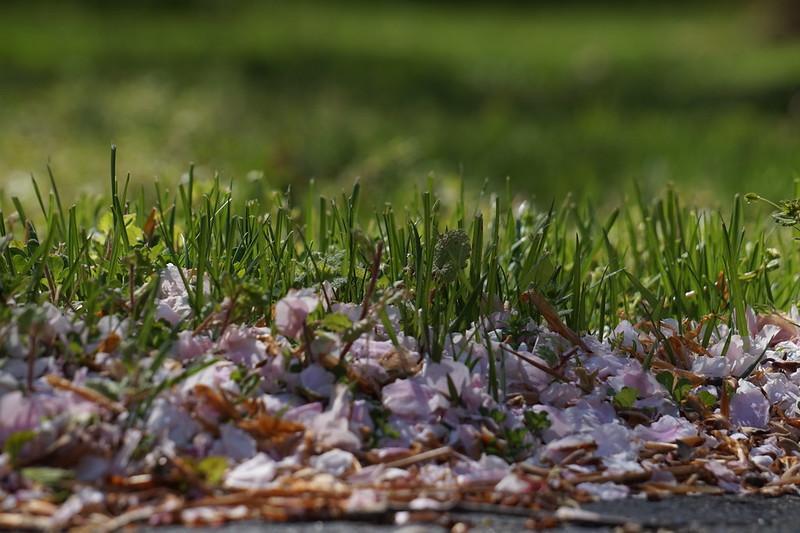
If you like your grass tall, you should plant fescue grasses that have an ideal cutting height of 3 to 4 inches.
Knowing when your grass is actively growing will assist you in determining how often you should mow to keep the ideal height for a uniform lawn.
For instance, you do not have to mow your grass in the dormant season as often as in the growing season, and this timing varies by the type of grass on your lawn.
In addition, the rate at which a lawn grows is highly variable and is influenced by factors such as the grass type, the local climate, and the lawn’s exposure to sunlight.
Similarly, while some grass types prefer to stay a little bit closer to the soil and grow best when cut short, others grow better when trimmed a little higher.
The following are the ideal heights for some popular varieties of grass grown in the US:
| Grass Type | Ideal Cutting Height (Inches) |
| Bermuda grass | 1 to 1.5 |
| Bluegrass | 2 to 2.5 |
| Buffalo grass | 1 to 2 |
| Fescue | 3 to 4 |
| Ryegrass | 1 to 2 |
| St. Augustine | 2 to 3 |
| Zoysia | 0.75 to 1 |
Related: Lawn Mowing Pattern & Techniques | Cut Your Grass Like A Pro
How Often Should You Mow A New Lawn?
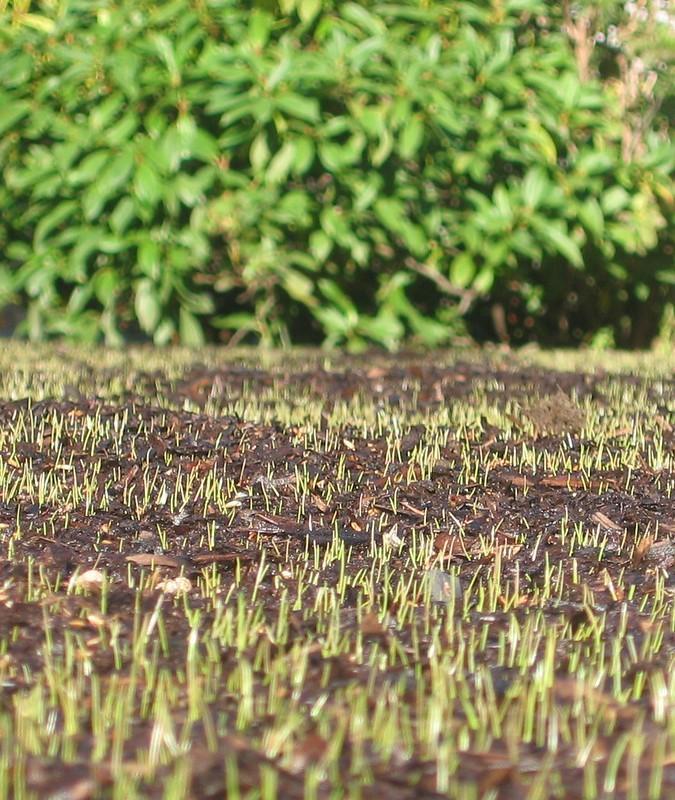
If you have a newly established lawn, wait until your grass is 5 to 7 cm long before mowing.
Once it begins actively developing, a new lawn should be mowed like an older, more established lawn. However, keep in mind that mowing too soon might cause damage to the new, sensitive leaves. Nevertheless, it is a good thing to start cutting new grass once it has reached above the recommended height for that species.
How Often Should You Mow Shade Turf?

To allow grass blades to capture more sunlight, mow 1/2 to 1 inch higher than usual in the shade.
Grass, in general, thrives in direct sunlight. This makes it challenging to grow grass in areas with a lot of shade. Some special grass seed mixes are explicitly designed for the shade that can be purchased at virtually any store selling grass seed.
However, because germination is light-dependent, it can be challenging to maintain a shaded lawn. Mowing less regularly and at a higher height may help in these spots.
However, if turf grass is not working for you, you might also consider installing a perennial flower bed or choosing a moss lawn underneath your canopy of trees.
How Often You’d Mow Warm-Season Grasses?

Bermuda grass grows best during the warm months, so it must be cut more frequently in the summer.
States in the south and southwest of the United States, where the summers are hot, and the winters are moderate, are the most likely to have warm-season grasses.
The warmest part of the summer is when warm-season grasses like Zoysia, St. Augustine, Bermuda, and Buffalo grow the most, but they do not endure the winter as well.
Also, in the rainy season, warm-season grasses will need to be mowed more frequently.
Related: How To Mow Tall Annoying Grass On Your Lawn? A Comprehensive Guide
How Often You’d Mow Cool-Season Grasses?
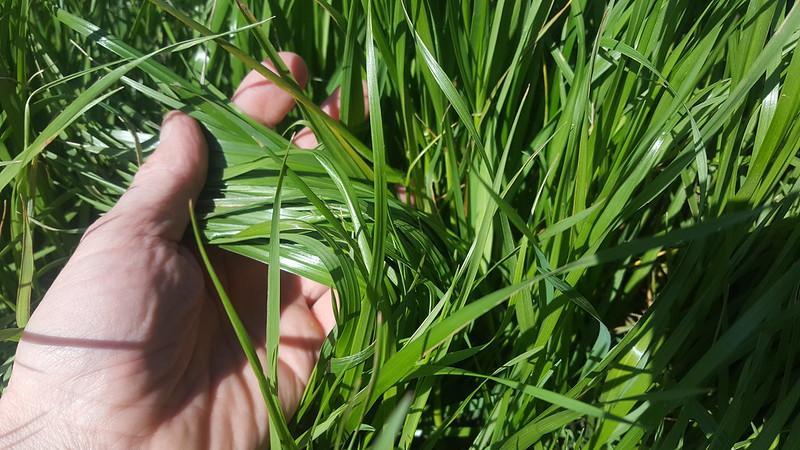
Ryegrass is a cool-season grass that grows best in fall. So, you will have to mow less frequently in summer.
Cool season grasses, which include fescues, bluegrass, and ryegrass, are known for their rapid growth during the spring and fall seasons.
However, the development of cool-season grasses will slow down, and there will be a reduced requirement to mow the lawn during the warmest summer months.
In addition, during the spring months, it is helpful to mow your lawn at a height that is slightly higher than the optimal height for the type of grass you have.
This will help prevent broadleaf weeds from growing.
How Often Should You Mow Your Lawn In Winter?

Unless the weather is mild, grass should not be mowed in the winter.
During the peak winter months, it is typically more sensible to forego mowing the lawn and instead concentrate on removing debris caused by falling leaves and branches.
However, if you really want to mow your lawn during the winter, you can cut the grass once every four to six weeks by setting your lawn mower in a high setting.
Also, you must be careful when cutting the grass during cold snaps. It is because when ground frost is present, or when the ground is very wet, you can easily damage the grass.
How Often Should You Mow Your Lawn In Fall?
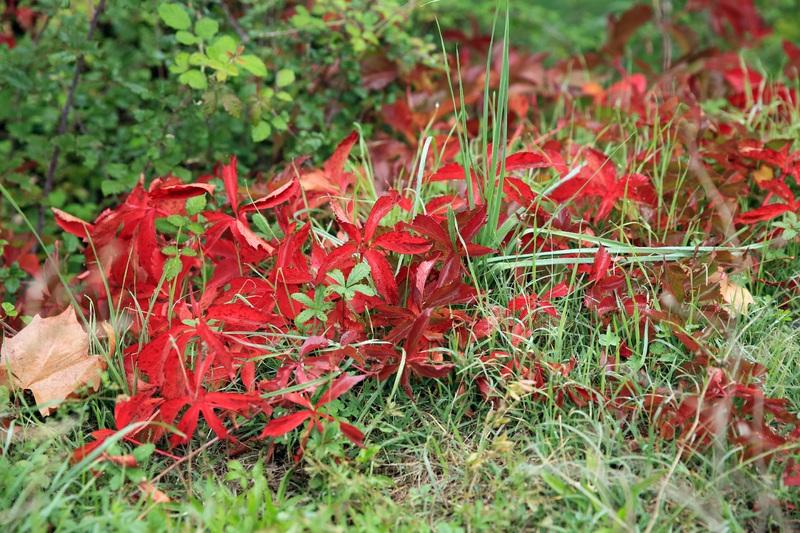
For efficient use of the leaves that cover turf in the fall, a simple solution is to mow the lawn.
It is in the best interest of your lawn to not trim the grass too short at this time of year because it is unlikely that the grass will recover with the same level of vigor in the winter that it shows during the spring and summer months.
In addition, the growth of grass throughout the fall months is normally less vigorous than it is during the summer months and the spring months. That is why you should only mow your lawn every 10 to 14 days or more if you feel like it.
How Often Should You Mow Your Lawn In Summer?

Photo Credit Despite popular belief, allowing turf grass to grow a little bit in the summer heat is best for its health.
If you want a lawn cut very closely, you can increase the number of times you mow your grass during the summer to as often as every two or three days.
However, you should be careful to reach the ever shorter cutting blades gradually over four to six weeks, so the grass has an opportunity to adjust.
Cutting the grass too short and too rapidly is a common contributor to poor lawn health, which can result in uneven discoloration in certain locations.
Related: Can I Mow Right After Aerating? | Mistakes That You Should Avoid!
How Often Should You Mow Your Lawn In Spring?
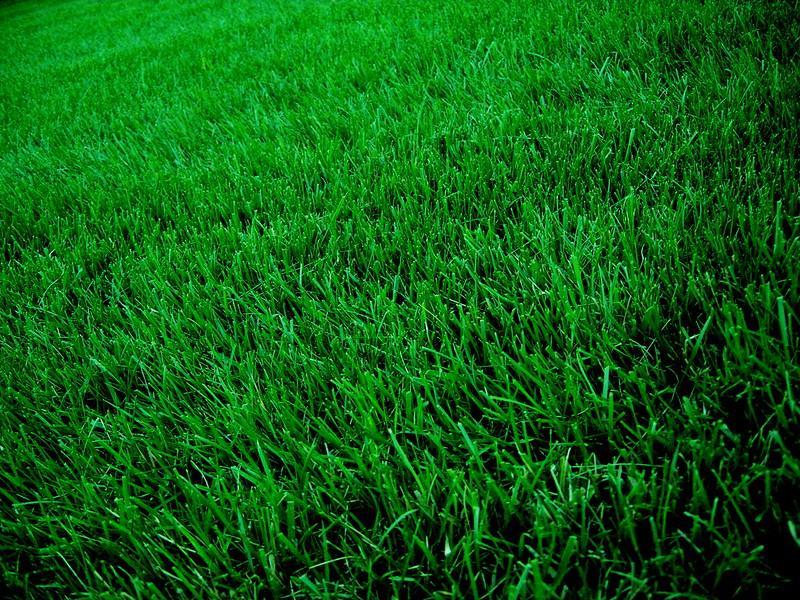
A shorter spring trim removes any winter-burned strands and prepares it for a new growing season.
When spring arrives in full force, with warmer days and nights above 50 degrees F, you should aim to mow your lawn every six to seven days.
Mowing your lawn once every six to seven days should be a decent pattern to keep it healthy, appealing, and at a length that is manageable for you.
However, one important thing to remember about how often to cut grass in the spring to keep it looking at its best is that when the temperature starts to feel like summer, you have to mow like it is already summer, no matter what the calendar says.
Some Mowing Tips!
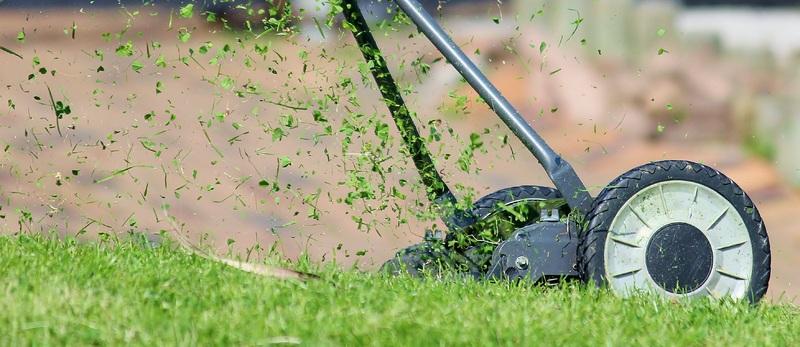
You must perform routine maintenance on your mower if you want it to retain its efficiency.
- Cutting the grass on a damp lawn is likely to result in the same issue. Thus, it is best to avoid doing so if feasible. Wet grass is more difficult to mow because it leans over and creates ruts in the lawn mower’s path.
- Keep your blades as sharp as possible at all times. When the blades of the mower are worn out, they tend to rip the grass instead of cutting it. Each ripped grass blade invites disease and weakens the turf.
- If you already have a healthy lawn and there are no issues with thatch, you can safely leave the grass clippings behind when you mow the lawn. The clippings will decompose and feed your lawn.
Follow The One-Third Rule
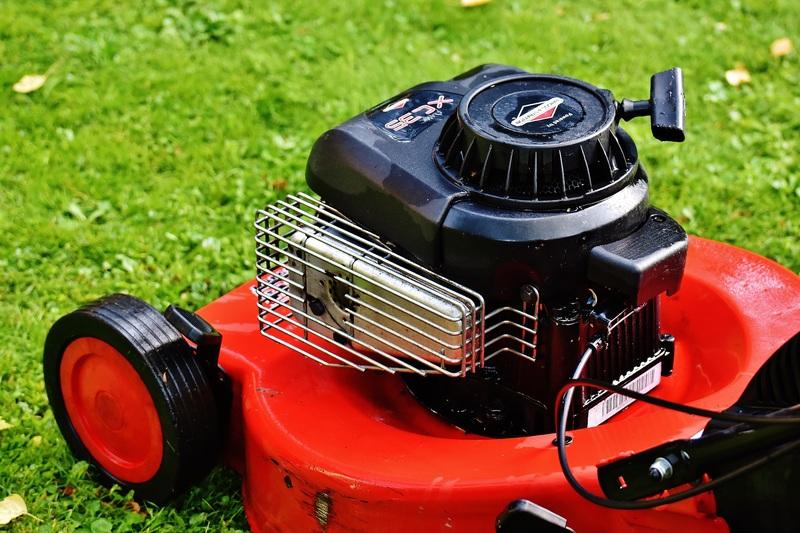
The one-third rule states that just the top third of the grass should be removed when mowing.
When grass enters its active growth phase, the grass stems move closer to the soil surface, where they are shielded from the blades of the mower. Mowing your grass too low at this time might cause damage to the stems, ultimately resulting in the grass dying.
The one-third rule is the greatest guideline for determining how frequently you should cut your grass. It merely indicates that, after each mowing, you should remove no more than one-third of the grass blade.
If you cut your grass to a height of 2 inches, for instance, you should refrain from mowing it until it reaches a height of 3 inches.
For instance, the blades usually blossom after several months during the growing cycle.
The stem grows longer to make room for the new leaves that have begun to emerge, and the roots start to spread outward. At this stage, you need to increase the cutting height to remove no more than one-third to one-half of the newly emerged leaves.
It may not seem like a big deal to cut off more than one-third of the grass height, but consider these interesting facts concerning turf height and the health of your lawn:
- A higher cut aids with weed management.
- A longer leaf blade often results in deeper roots.
When grass is cut shorter than the optimal height, root development is inhibited, which increases the risk of weed infestation, illness, and damage from heat and drought.
Benefits Of Mowing Your Lawn Regularly
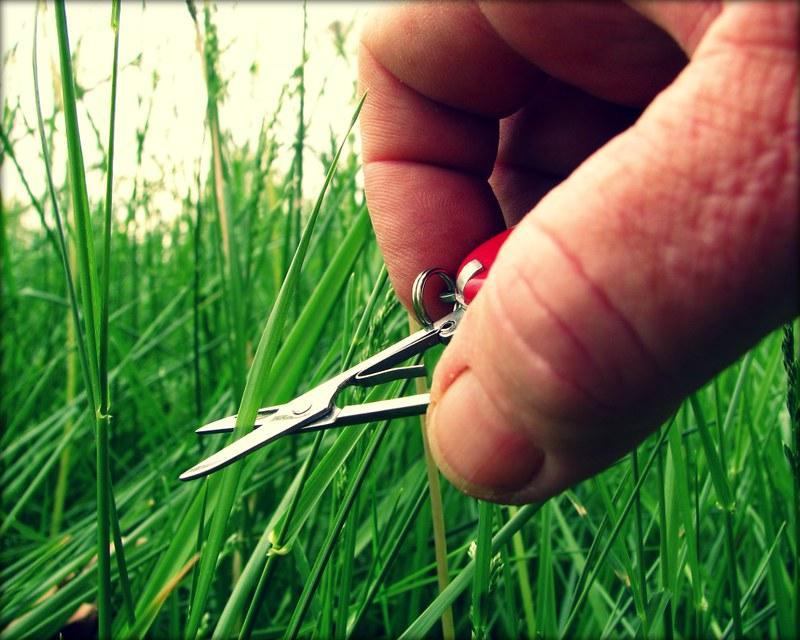
Mowing your lawn as often as necessary is the key to maintaining a healthy and beautiful lawn.
Here are some of the key benefits of mowing your lawn regularly:
- Insect vermin will find it quite easy to hide in an overgrown yard. Pest infestations can be avoided altogether by maintaining a lawn in a neat and tidy way.
- Lawns that are not trimmed regularly recover from diseases, pests, and adverse weather conditions far more slowly than lawns mowed frequently.
- When you mow your lawn regularly, you ensure that all grass areas receive the same light and nutrients, leading to uniform grass growth.
- The more frequently you cut your grass, the better its roots will be, ultimately resulting in a grassy yard that is robust, healthy, and lush yard.
Final Thoughts
Adjust your lawn mowing schedule to the season.
For instance, during the winter months, you should raise the height of your lawn’s trimmings so that the grass can better withstand the cold and wet weather. During the summer, though, you may need to mow your lawn more frequently since it grows faster.
Careful consideration and preparation are needed when mowing a lawn. And, when done correctly, you can get a beautiful, lush lawn that appears healthy.
Frequently Asked Questions
How many times a week should you cut the grass?
In order to maintain a healthy lawn, you should typically mow your lawn once each week during the peak growing season. The rest of the time, lower the frequency of mowing the lawn to every other week or once in ten days as needed.
Does frequent mowing thicken grass?
Regular mowing is the secret to a good lawn; each cut helps the grass grow thicker, giving the yard a great look. The tips of each blade contain hormones that inhibit horizontal growth. By snipping off the tips, you encourage new grass to spread out and grow densely.
Is it better to cut the grass short or long?
Mowing too short or scalping causes stress to the grass plant, and weak grass plants recover more slowly. Similarly, trimming the lawn high can make your grass a breeding ground for pests and other vermin. Generally speaking, the grass should be cut at a height of 2 to 3 inches. However, this can vary depending on the type of turf.
Why should you not mow your lawn every week?
Although mowing the grass once a week is fine, if you leave it too short, it may still turn yellow under stress. Therefore, remember the one-third rule at all times. The one-third rule states that you should never cut more than 1/3 of a grass blade at a time.
Should you mow wet grass?
It is better to let wet grass dry completely before cutting it. If you mow wet grass, there’s a chance that you’ll leave behind clipping clumps that could smother the grass below.
Wet grass can also block the mower, and if you mow right after it has rained, the weight of the mower may leave tire ruts.
Sources for Further Reading
Mowing Lawn Turf (E0013 TURF). (2022). Retrieved 17 September 2022, from https://www.canr.msu.edu/resources/mowing-lawn-turf
Mowing practices for healthy lawns. (2022). Retrieved 17 September 2022, from https://extension.umn.edu/lawncare/mowing-practices-healthy-lawns
Mowing or Grasscycling – Lawns | (2022). Retrieved 17 September 2022, from https://extension.umd.edu/resource/mowing-or-grasscycling-lawns
Editor’s Recommendations
Why Is Clover Taking Over My Lawn? Possible Causes & Natural Solutions!
Ironite Vs Milorganite: What’s The Difference and Which Is Better?
Why Is My New Sod Turning Brown | How To Keep New Sod From Turning Brown







